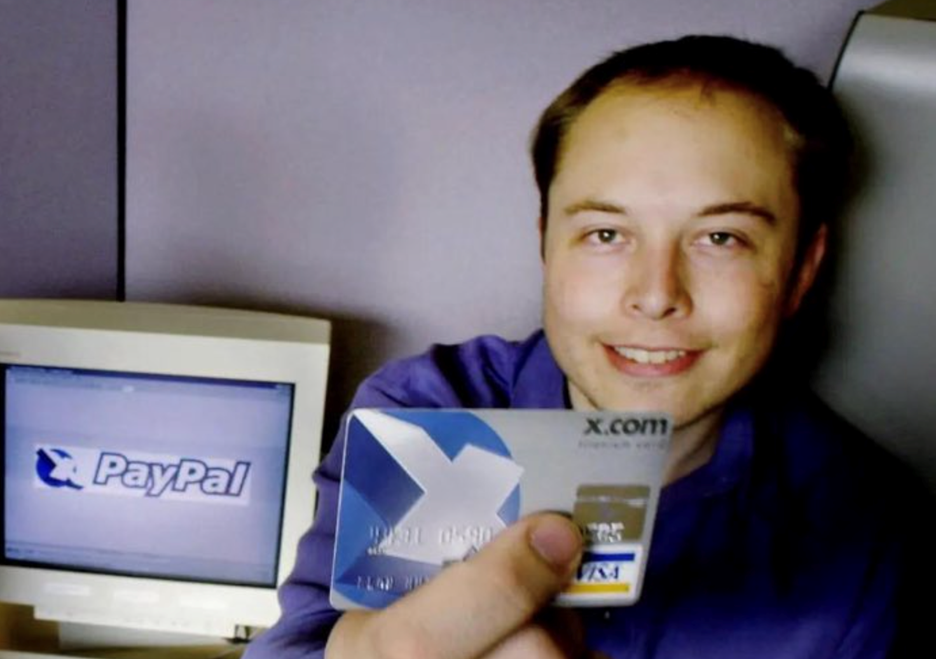When Elon Musk bought Twitter in 2022, a flurry of changes followed. He transformed the team, revised features, and altered many elements that made Twitter an iconic social media platform. The most significant and controversial change came last month, in July 2023, when Musk announced a rebrand from Twitter to X. With this move, tweets became “xeets,” and the iconic Twitter bird seemed to be headed towards extinction. However, in the wake of this rebranding, it has become clear that this change was not well-received.
The “X” Factor: Legal Hurdles and Branding Madness
The renaming to “X” was met with widespread mockery and criticism. Musk’s previous controversial decisions, such as banning the terms “cis” and “cisgender” and overseeing a significant decrease in Twitter’s value, only fueled the backlash. Despite Musk’s lofty vision of X becoming a platform that delivers “everything… powered by AI,” the rebranding has thus far been more of a stumbling block than a stepping stone.
Firstly, the rebranding faced practical issues. The change led to conflict with local law enforcement when removing Twitter’s signage from its San Francisco headquarters was attempted without the necessary permissions. The incomplete removal left only “er” visible from the original Twitter sign, an unintentional symbol of the flawed transition process.
The rebranding also raised legal concerns as notable companies like Meta and Microsoft already hold intellectual property rights to the letter “X.” This fact leaves X vulnerable to potential legal disputes if these companies perceive the new platform as infringing on their brands. According to Patent attorney Josh Gerben, nearly 900 U.S. trademark registrations for “X” span various industries. In the tech sector alone, Microsoft holds the trademark for “X,” specifically for its Xbox system branding, which it has owned since 2003, shortly after the release of the first Xbox console. Additionally, Meta (formerly known as Facebook) also possesses a trademark for an “X” logo for software and social media.
From a marketing perspective, industry experts like Gareth Turner labelled the rebrand “total brand-building madness.” Musk’s move to discard decades of brand equity built around the unique name “Twitter” and the recognizable blue bird logo was seen as a fundamental branding error.
The backlash extended beyond industry experts and critics to users baffled by the decision to abandon a name and logo synonymous with social media culture worldwide. The transformation into X has yet to resonate positively with the user base. To make matters worse, this is not Musk’s first attempt to create an entity named X. Sources suggest that he intended to rebrand PayPal as X.com in 2000 but was discouraged.
Musk’s Massive X Vision
Despite this previous setback, Musk seems adamant about using the “X” brand, even if it jeopardizes Twitter’s established brand and business value. Musk’s abrupt rebranding also carried serious financial implications. His actions have reportedly wiped billions off Twitter’s value, raising questions about his long-term plan for X to be a trusted banking app. Musk continues to drive forward with his vision for X. With new updates that aim to resolve the initial technical issues and ambitious plans to expand X’s offerings, Musk is keen to transform Twitter from a simple social media platform to a one-stop solution for users’ digital needs.

LGBTQ+ Users’ Disapproval of the New X
Beyond the rebranding, Musk’s leadership of Twitter (now X) has led to significant policy changes that have drawn the ire of the LGBTQ+ community. His attempts to ban the word “cisgender,” allowing deadnaming and misgendering, and his apparent disregard for trans people’s names and pronouns have incited a rise in anti-LGBTQ+ hate speech.
The Perils of Abandoning an Iconic Brand
This has further alienated users and reduced the platform’s appeal. The rebranding seems like an unwelcome distraction amid these more critical concerns, making it harder for Musk to convince users of X’s value.
Ultimately, Musk’s decision to rebrand Twitter to X is a risky, perhaps ill-advised, gamble. While the success or failure of the rebrand remains to be seen, the initial response suggests that the move may have been a misstep. The renaming to X has stripped Twitter of its distinctive identity, failed to win over users, and opened up a host of legal and financial challenges.
This case serves as a potent reminder of the power of established brand identities and the potential pitfalls of abrupt, ill-conceived rebranding. A brand name should ideally embody the unique essence of a company, resonate with its users, and differentiate it in the market. In contrast, the letter “X” is generic and lacks the distinctiveness of the Twitter name.
Rebranding should also be an all-encompassing process that involves careful planning and execution. However, the transition from Twitter to X appears disjointed, with a simple logo change failing to establish a coherent new brand identity.
Considering the manifold alterations and debates that have pervasively characterized Musk’s stewardship, the decision to rename Twitter to X appears inopportune. Instead of resolving the platform’s immediate concerns, this move has seemingly fanned the flames of user dissatisfaction. Additionally, the emerging ‘Threads‘ feature from Meta’s Instagram and the anticipated text posts from TikTok are unlikely to bolster the standing of Musk’s latest purchase.



